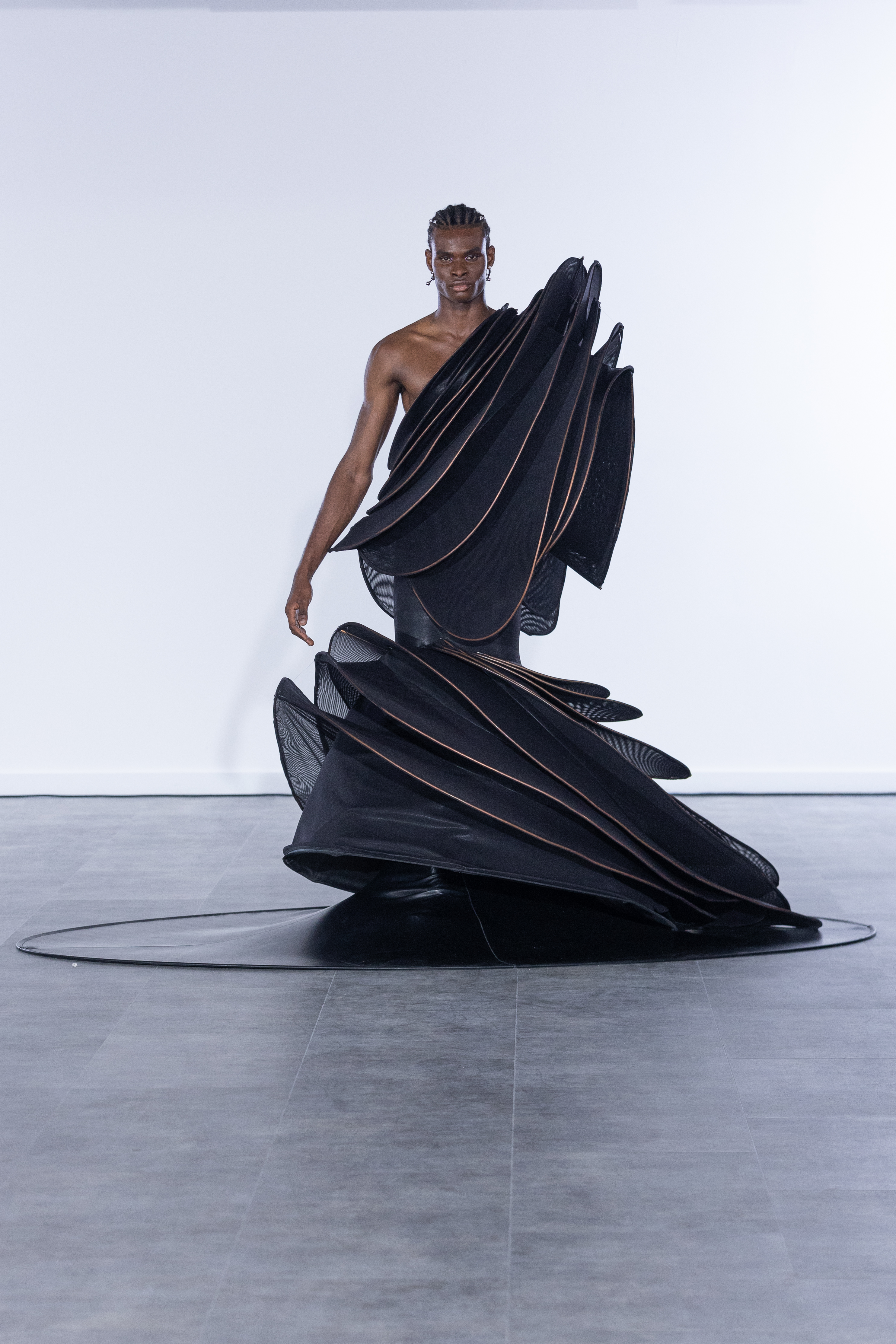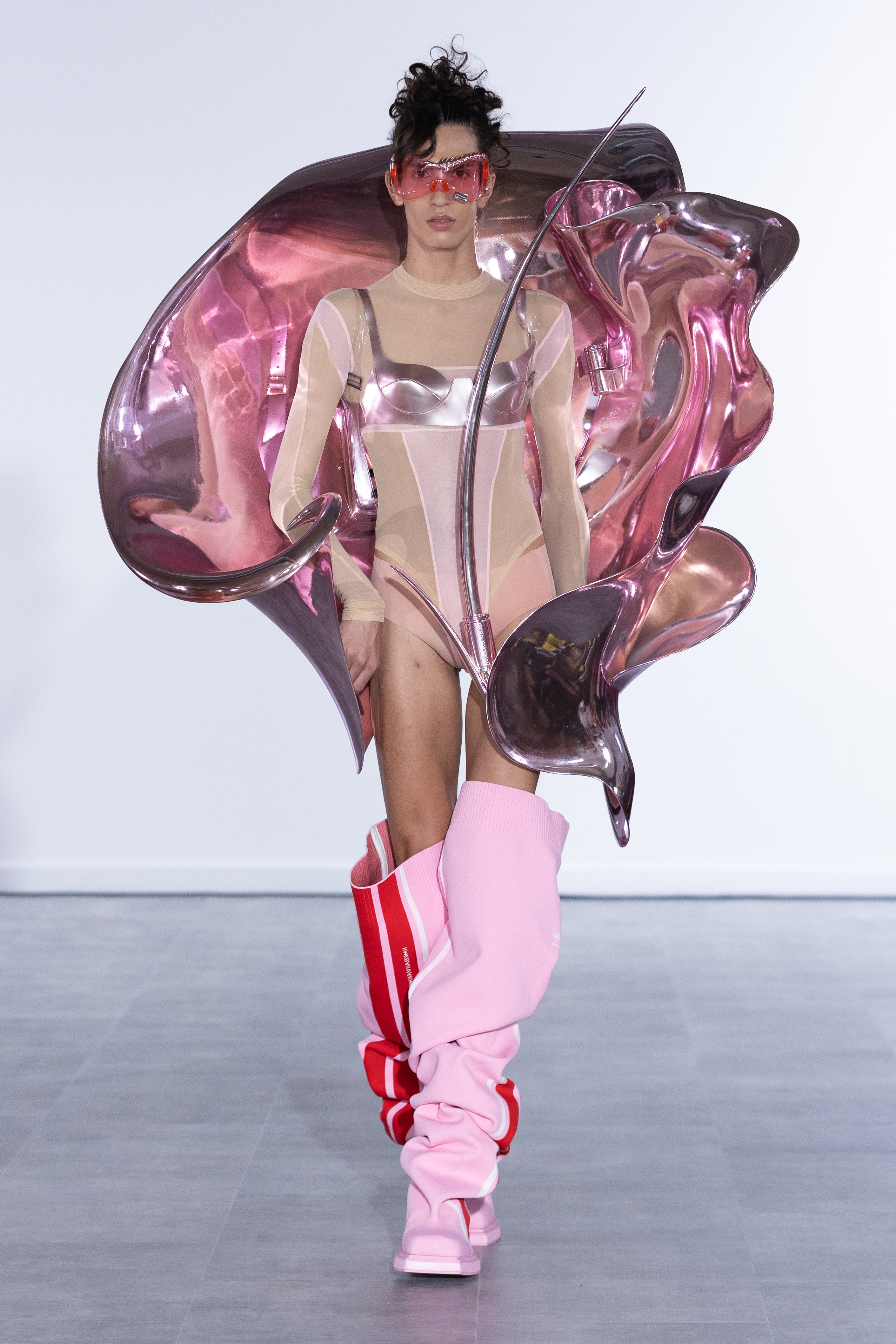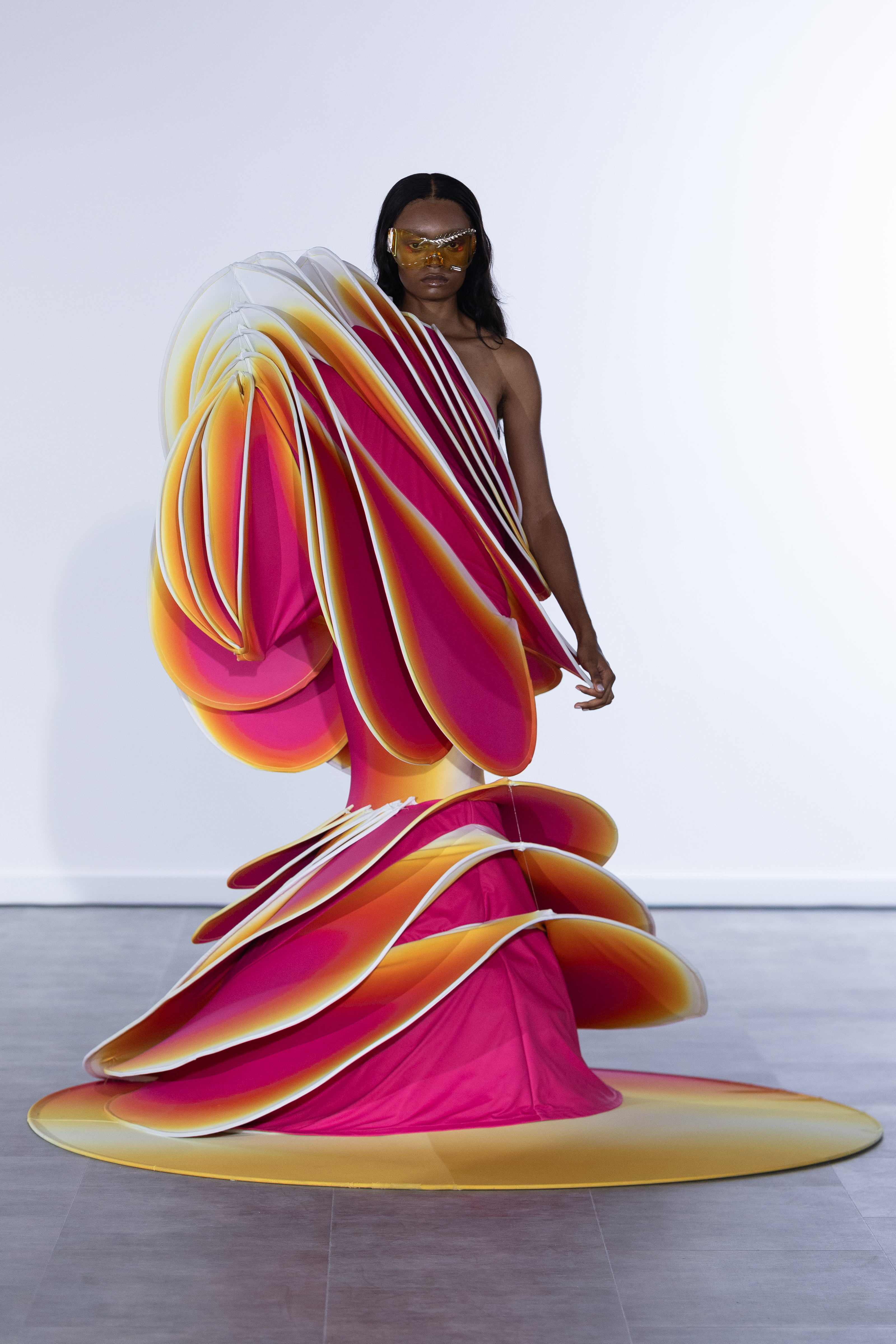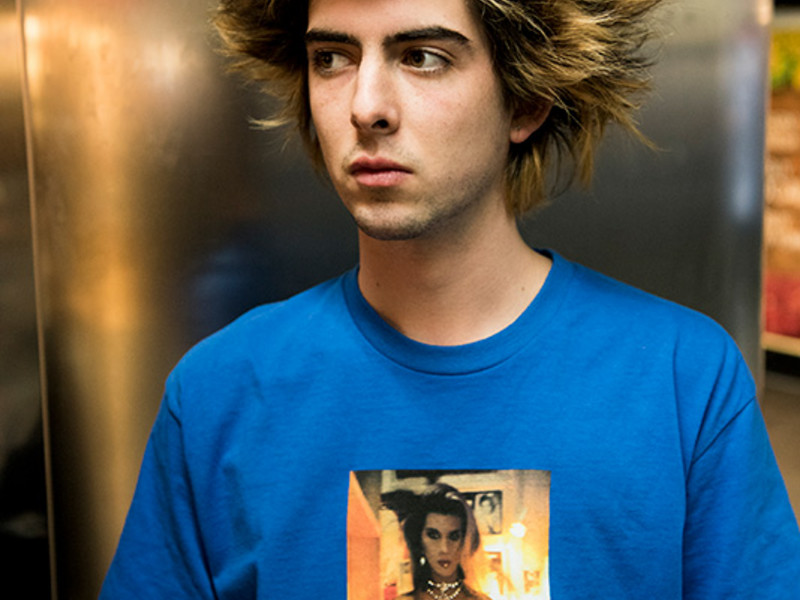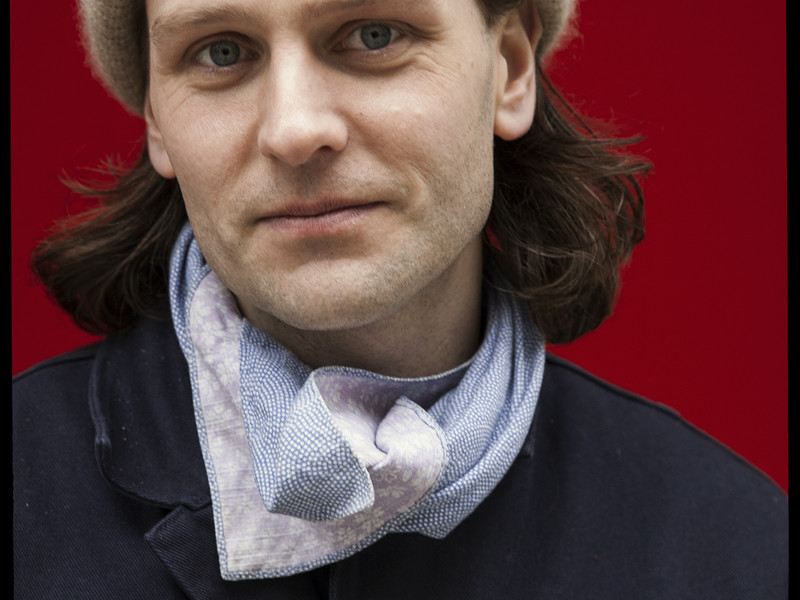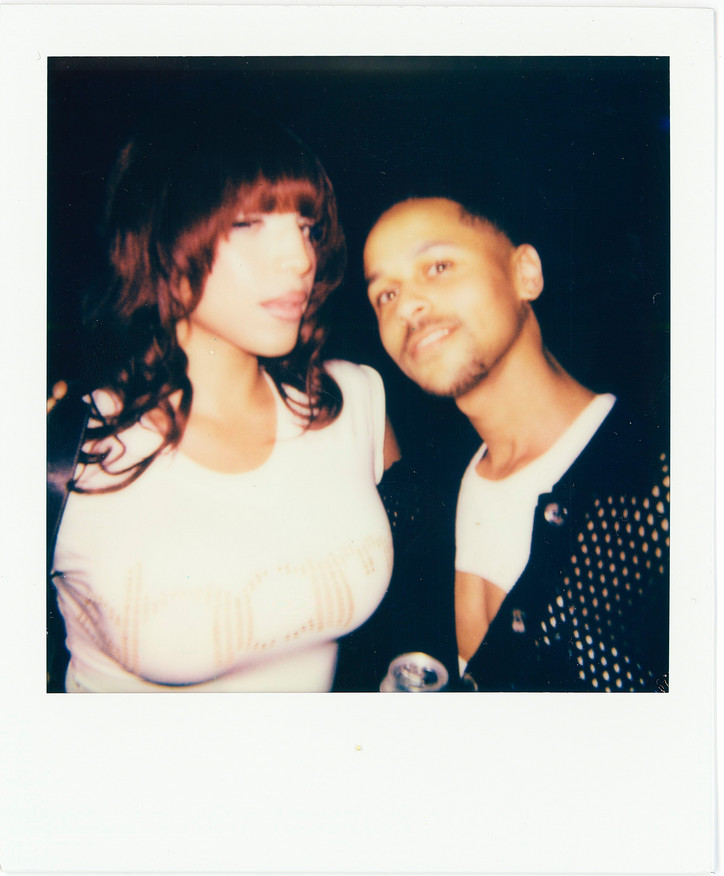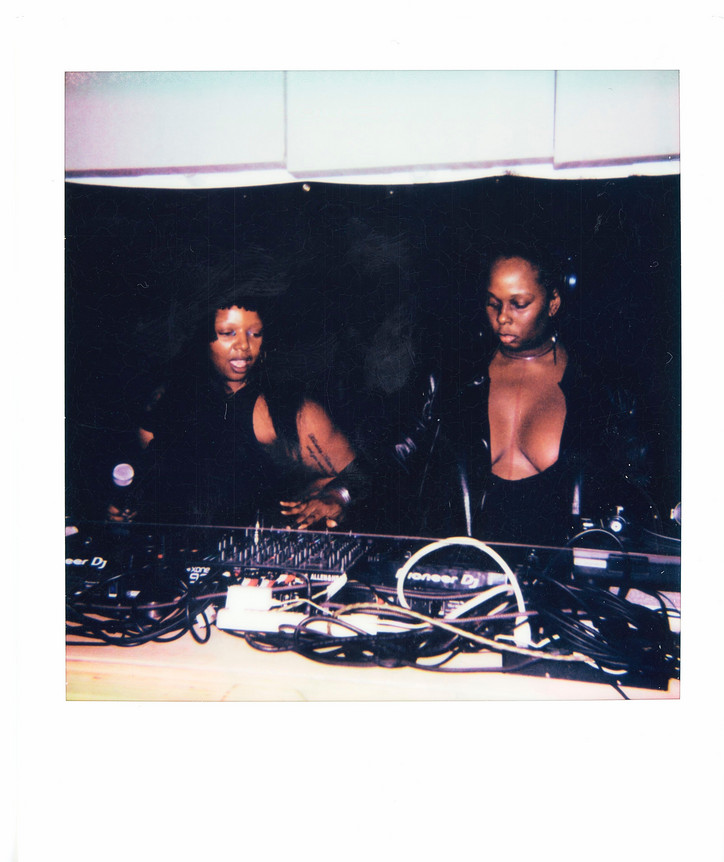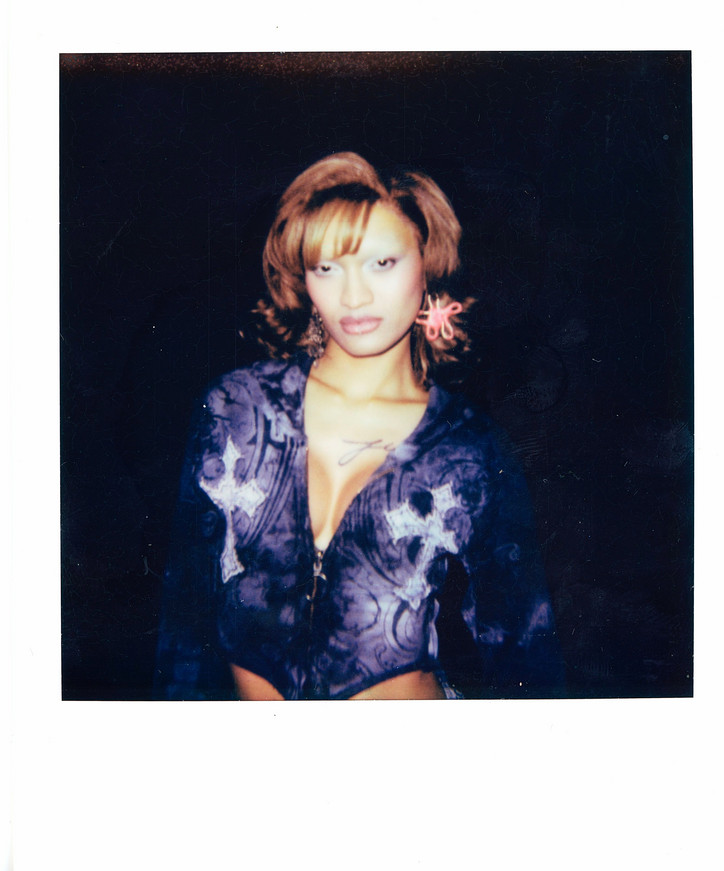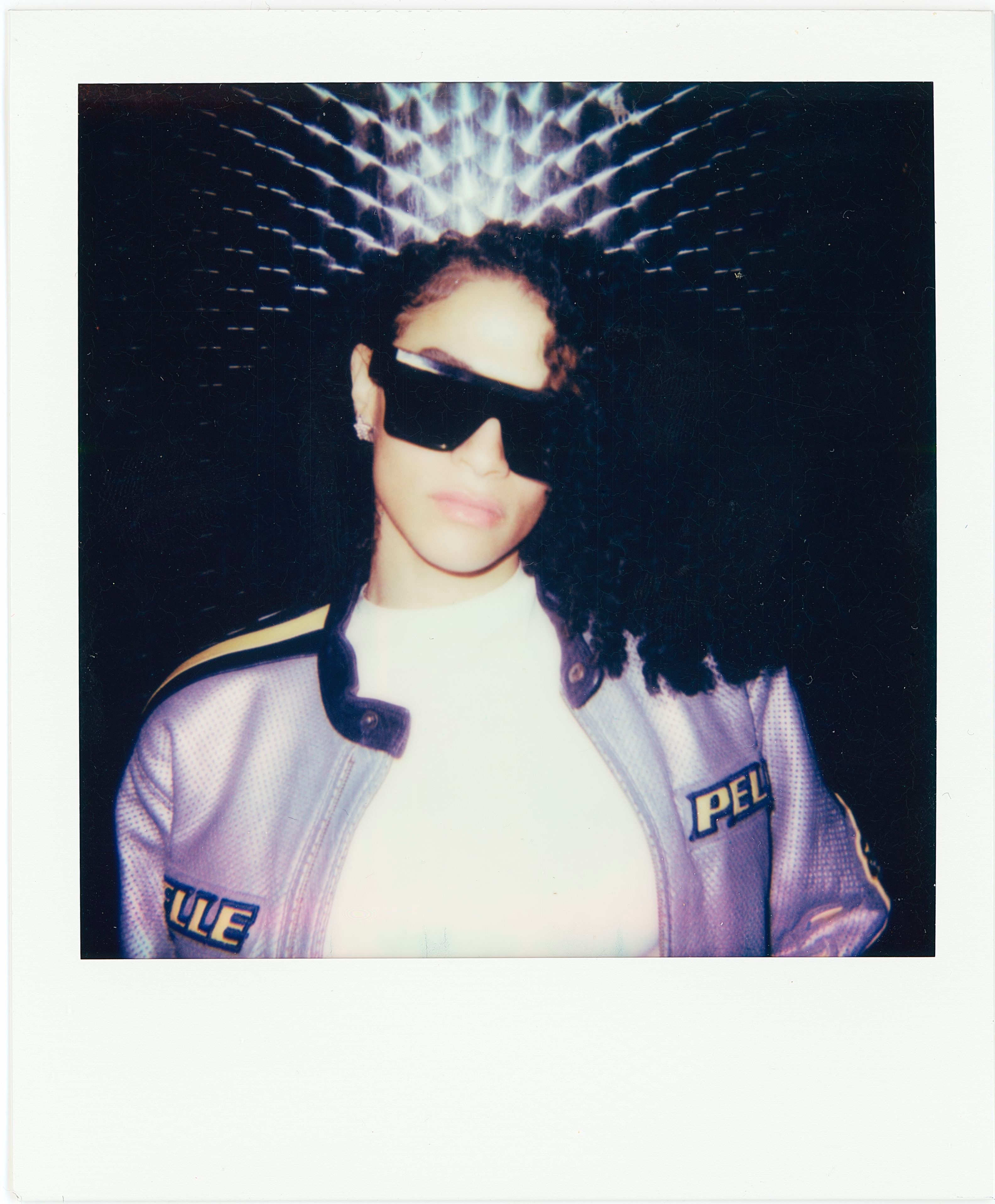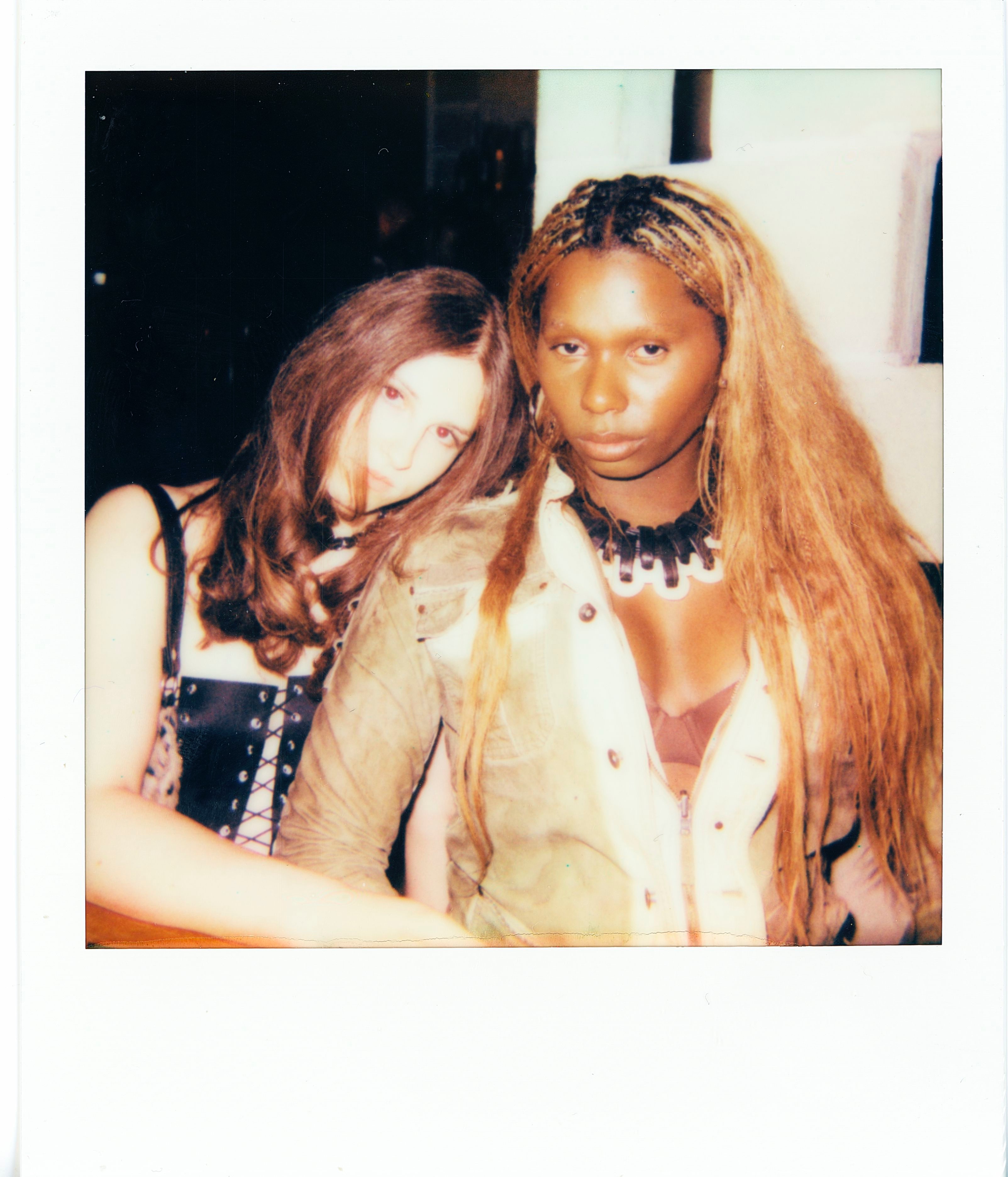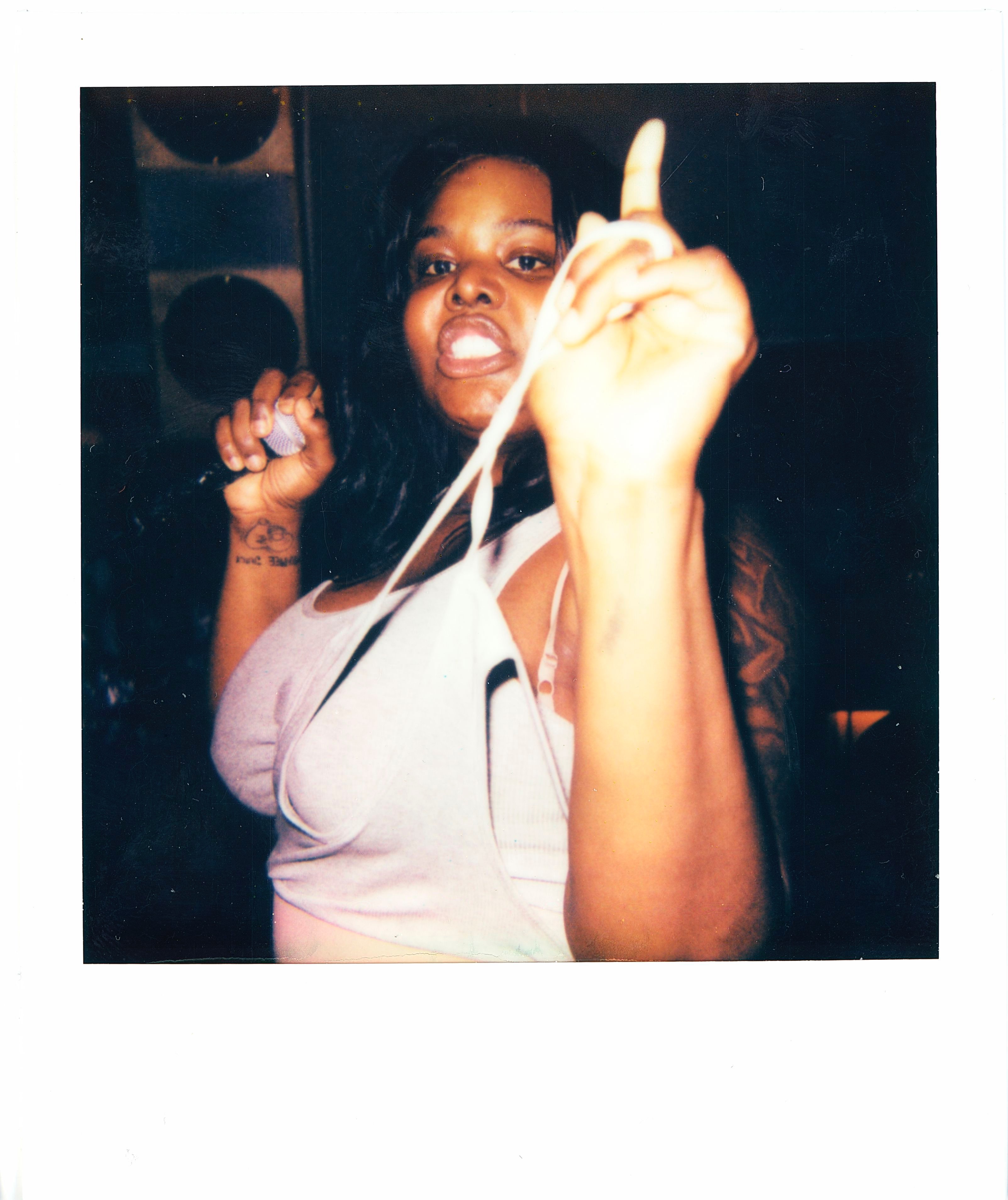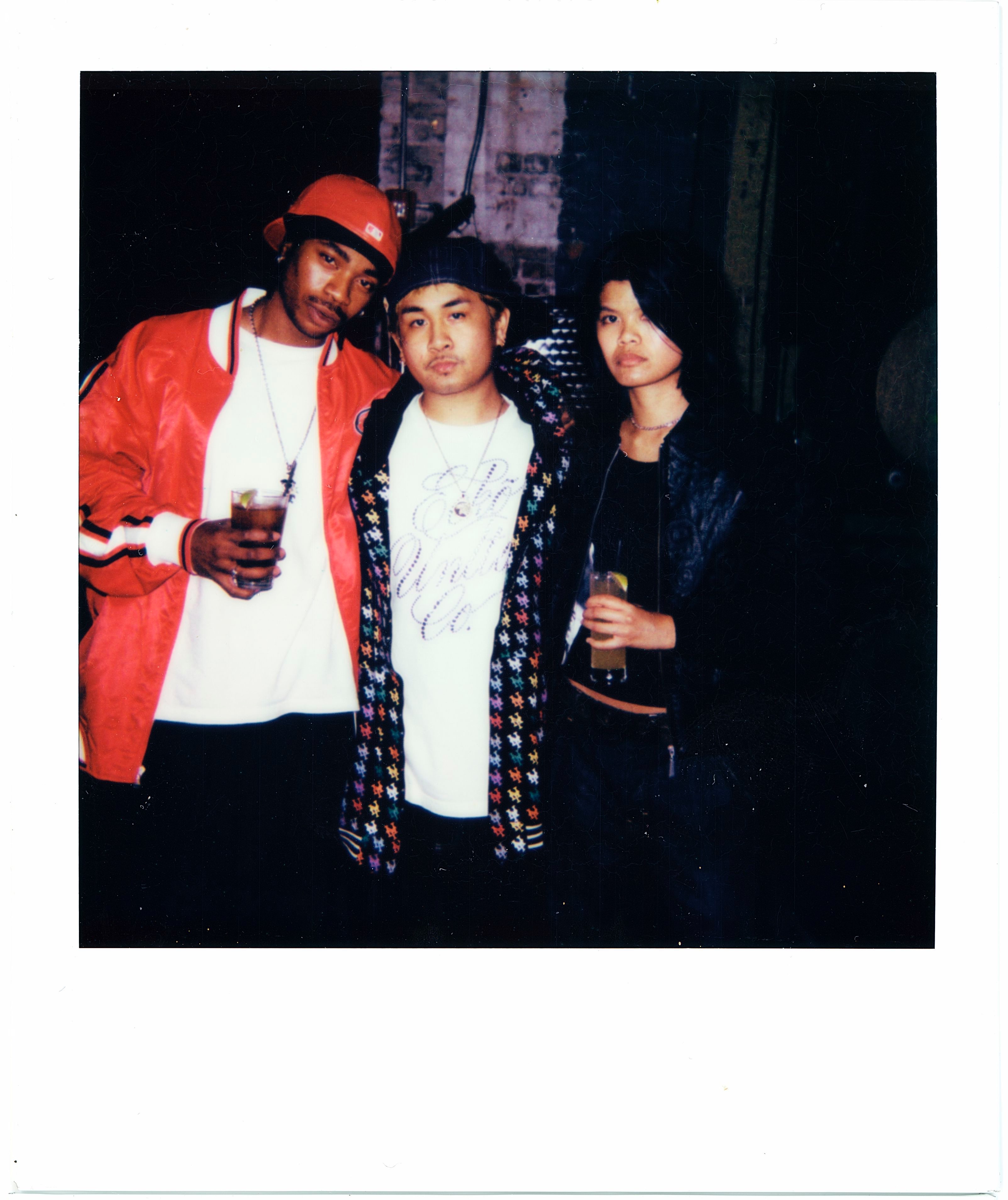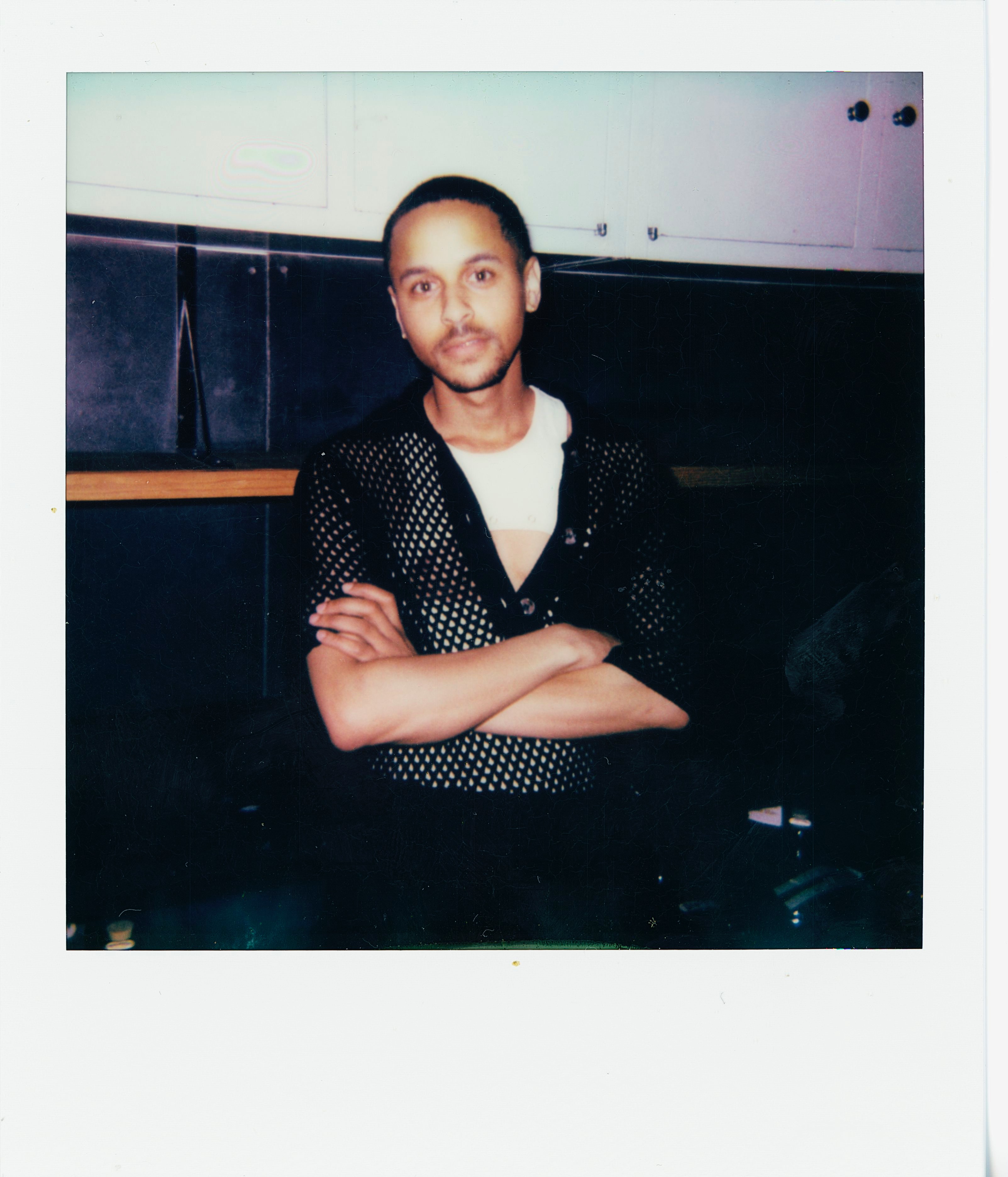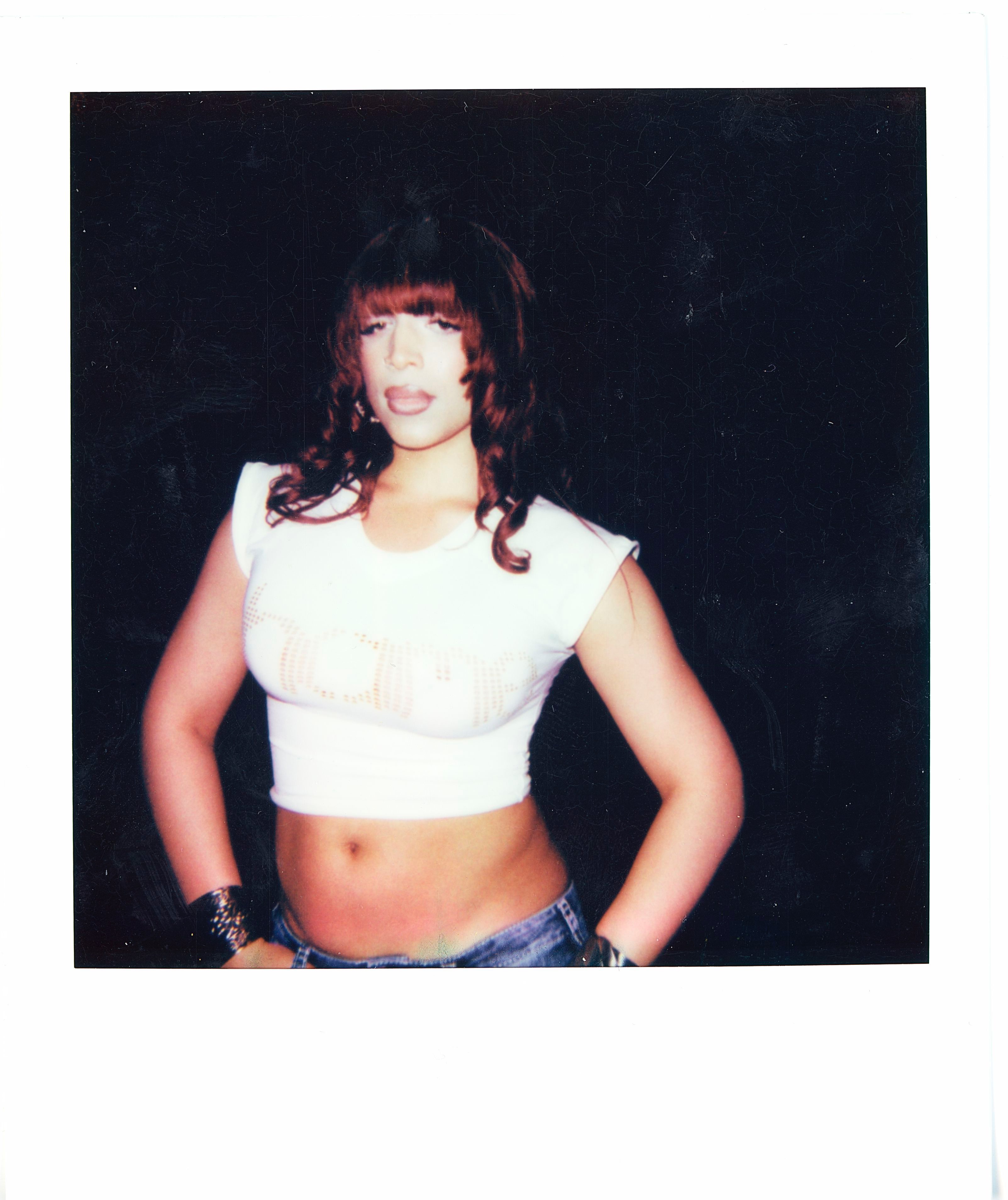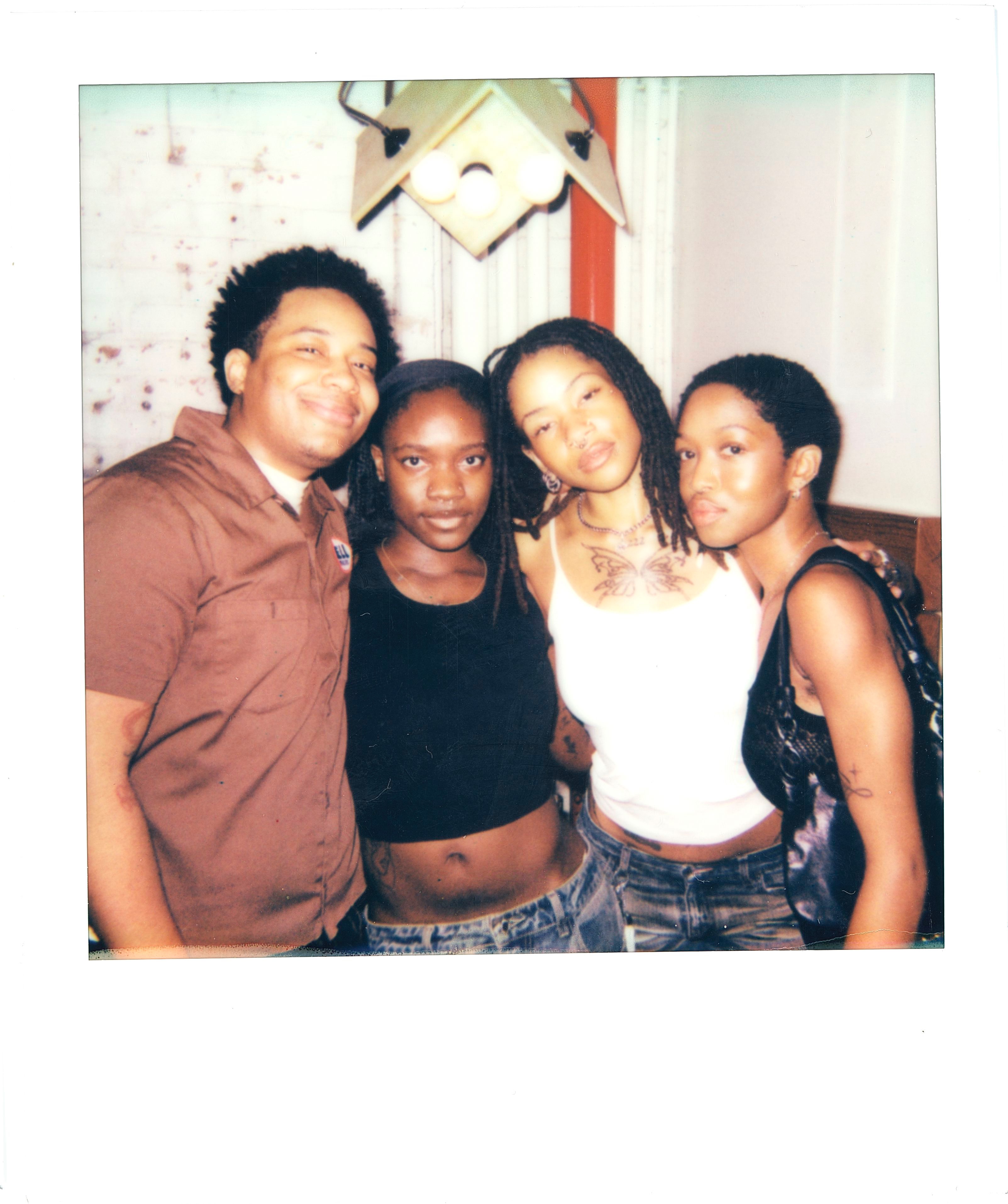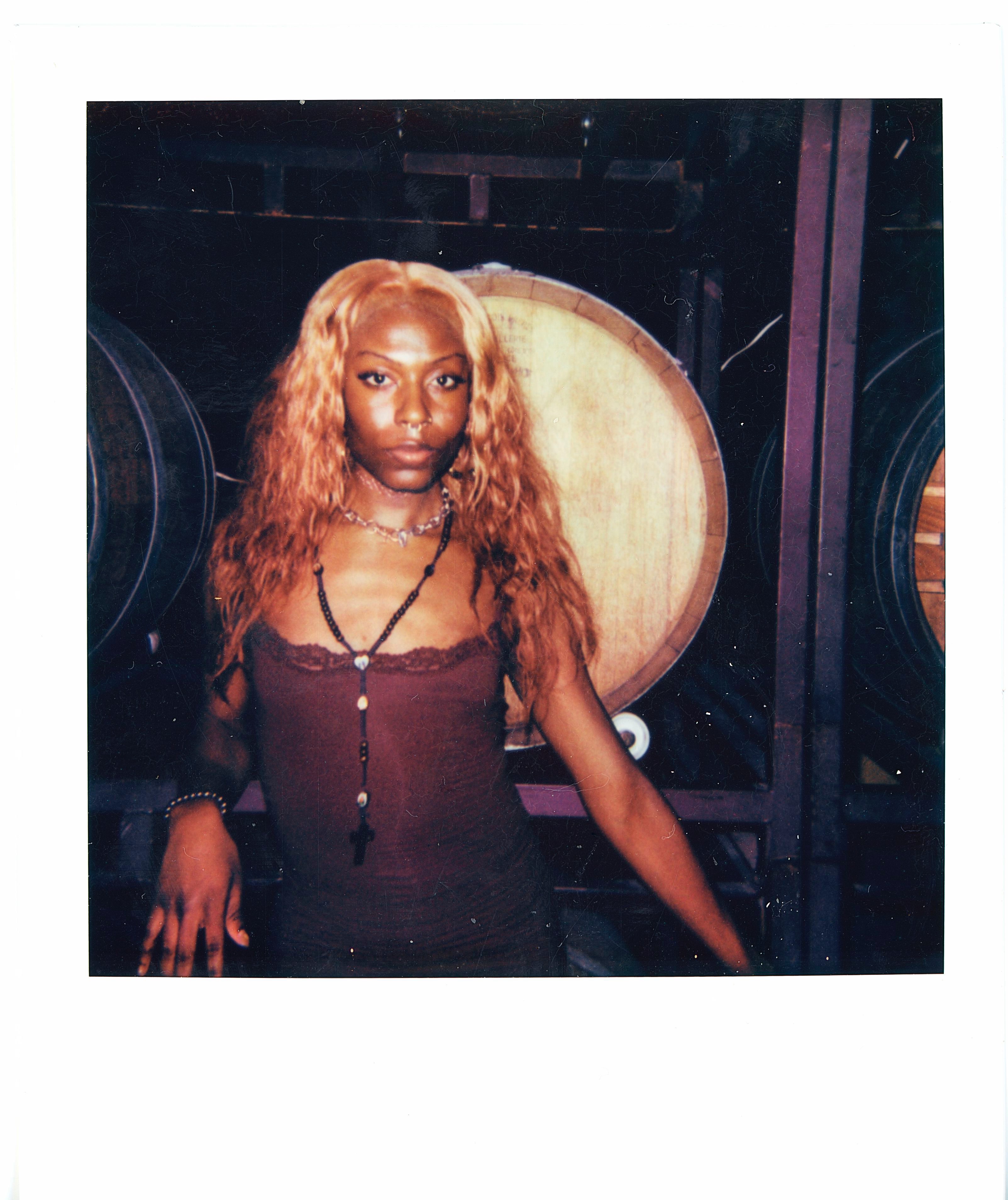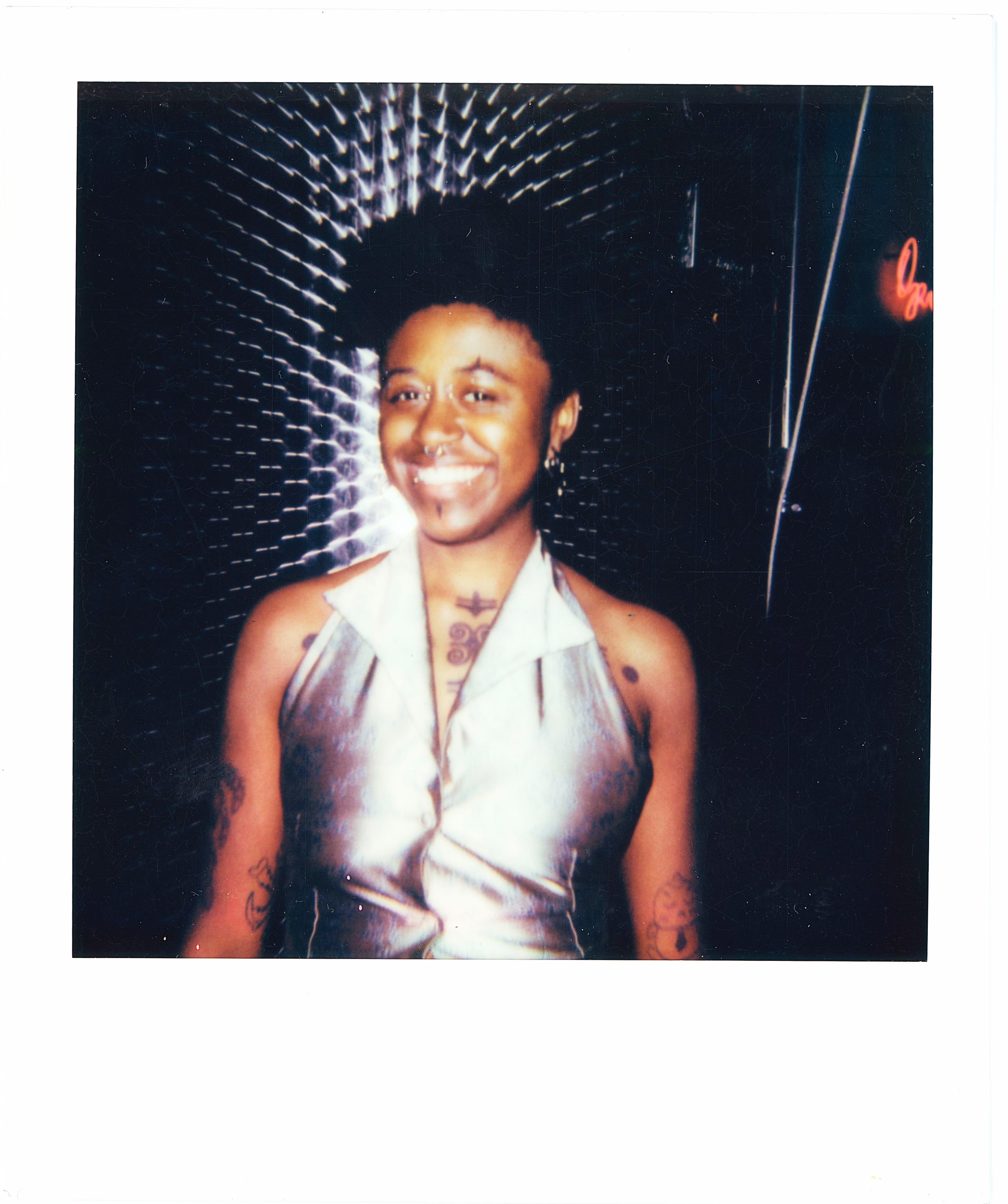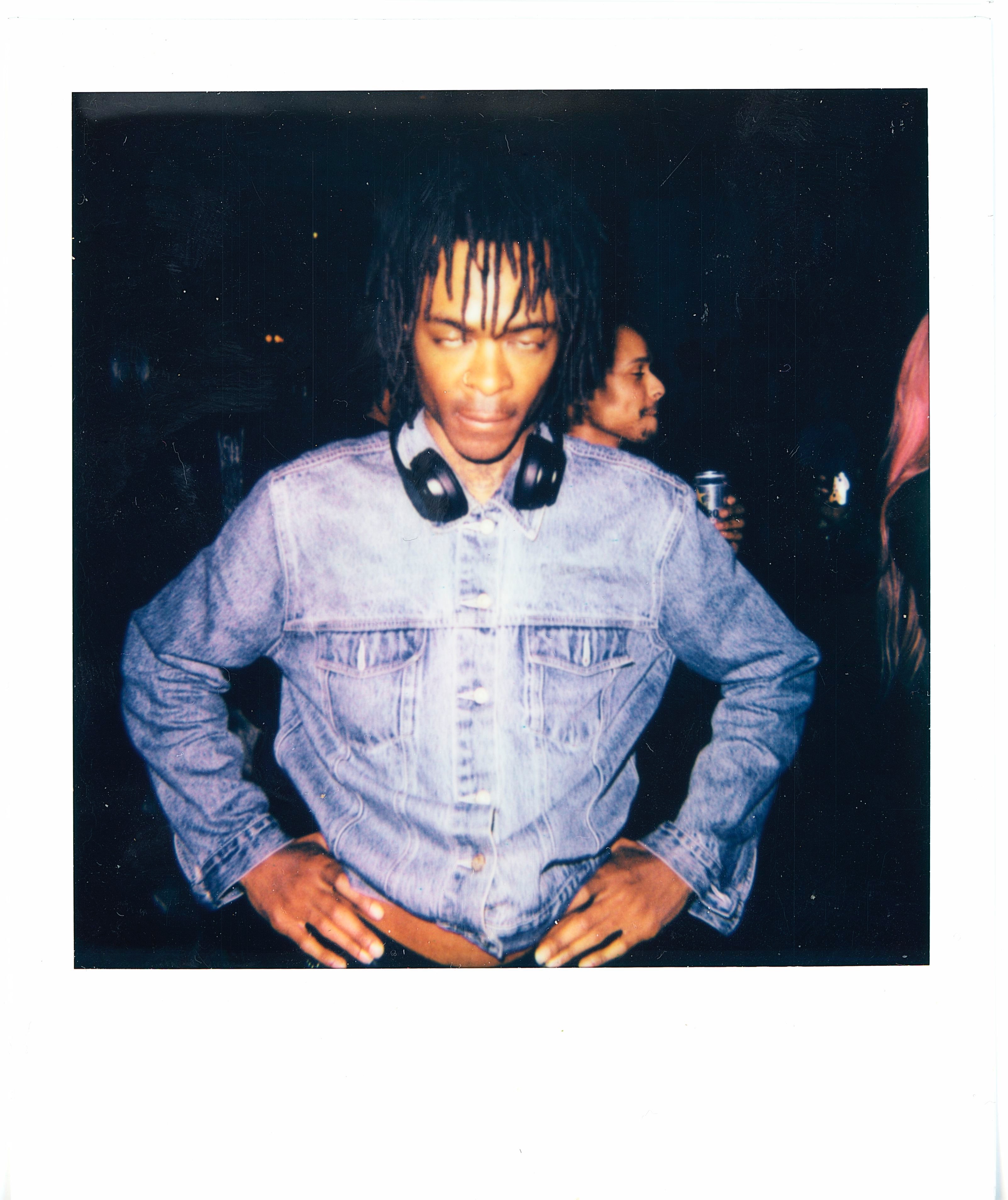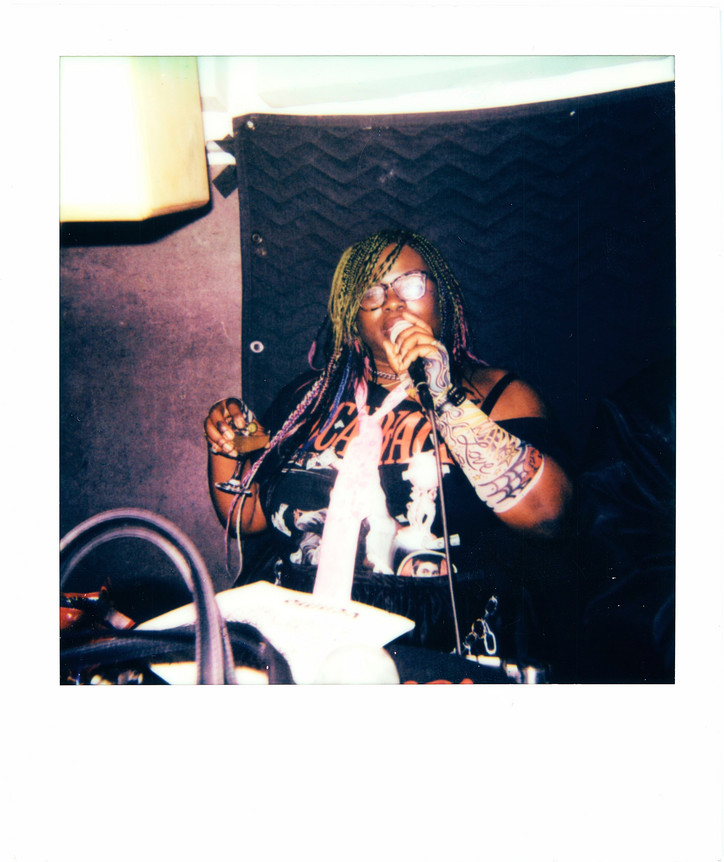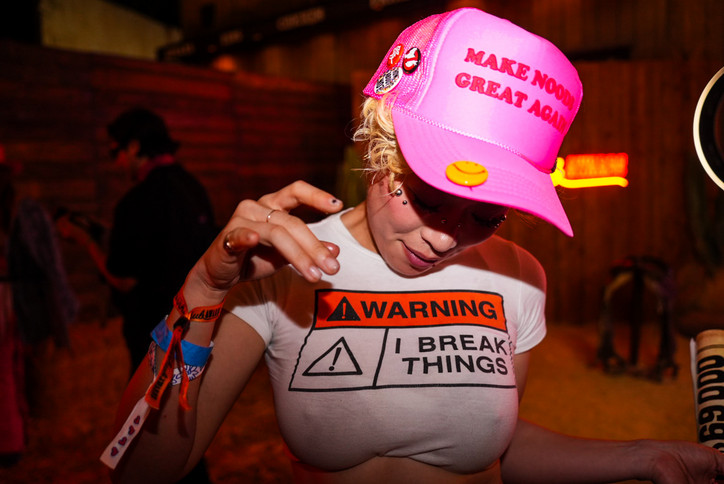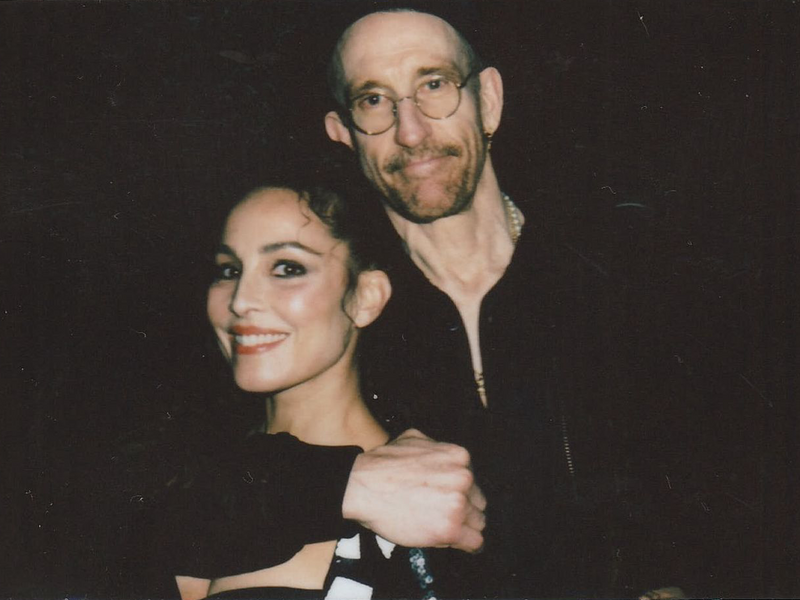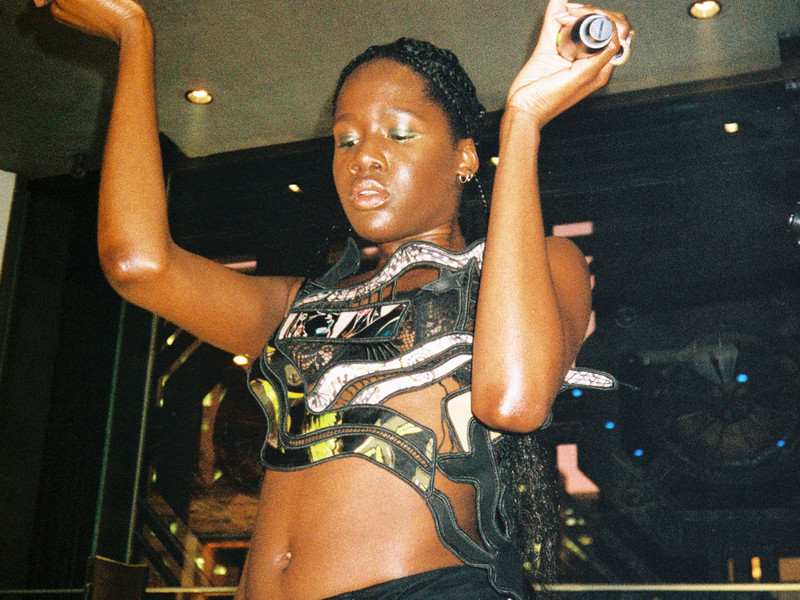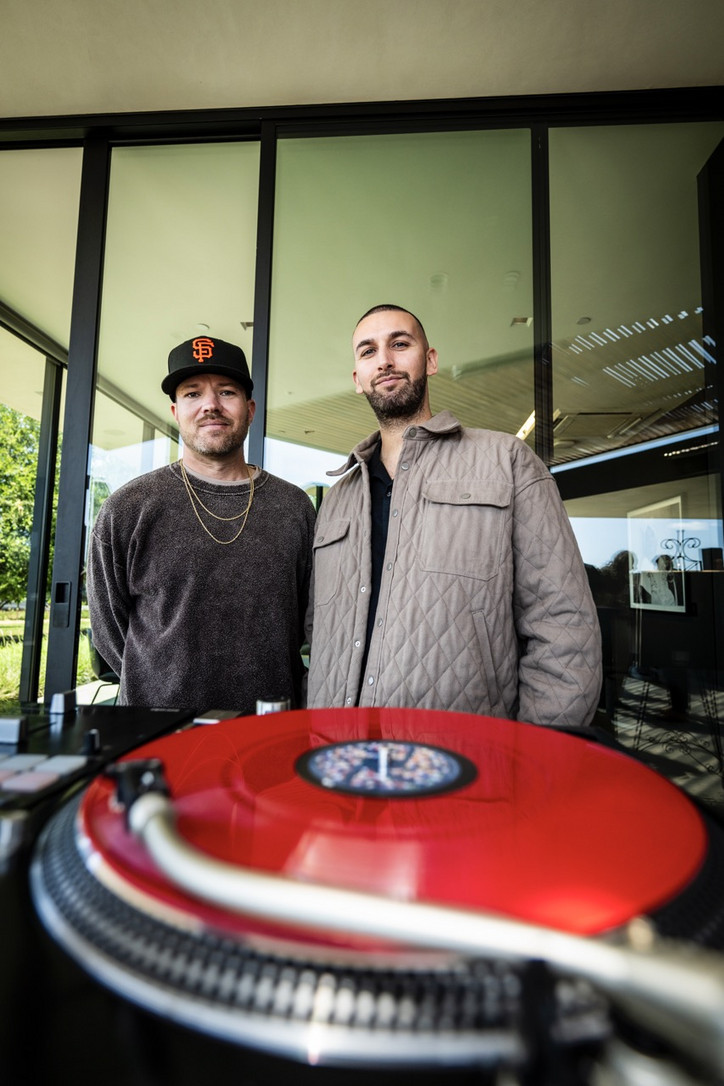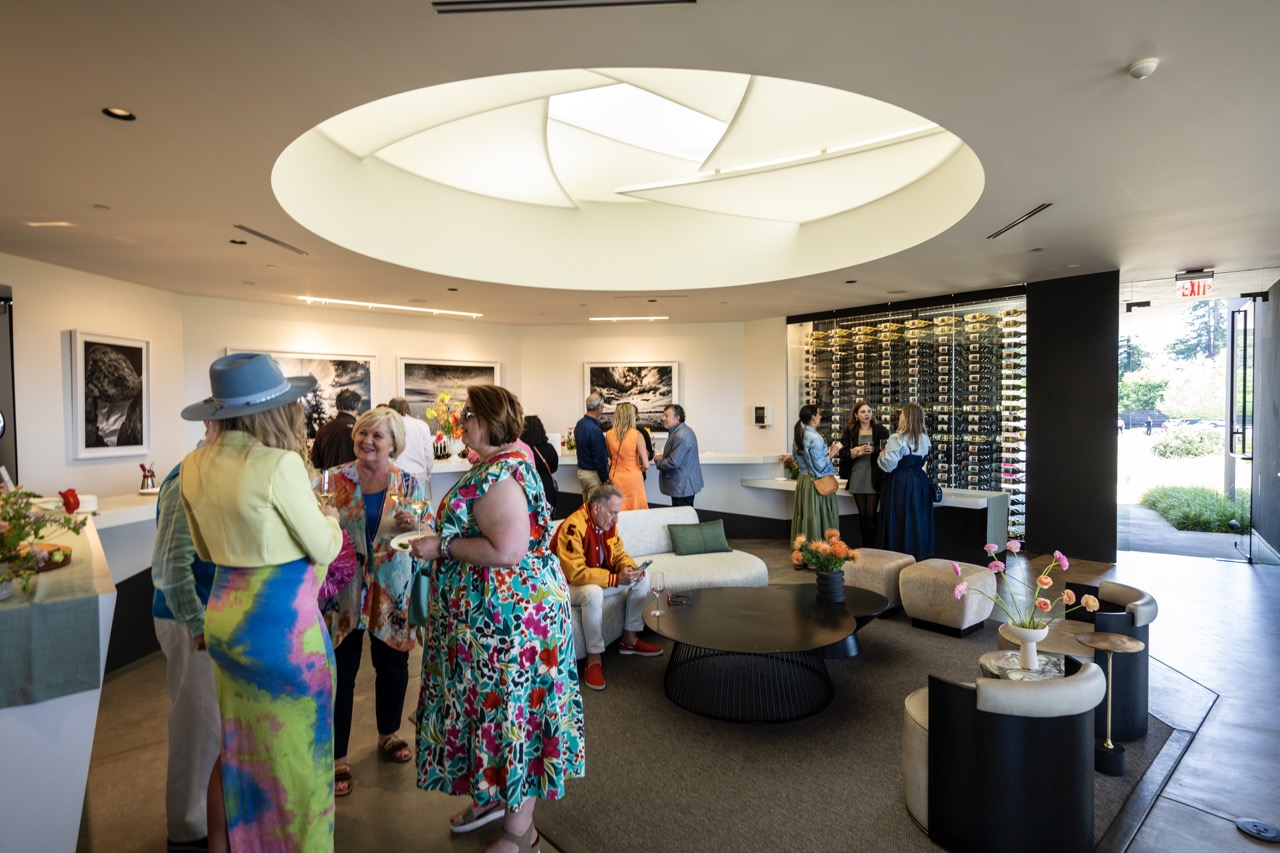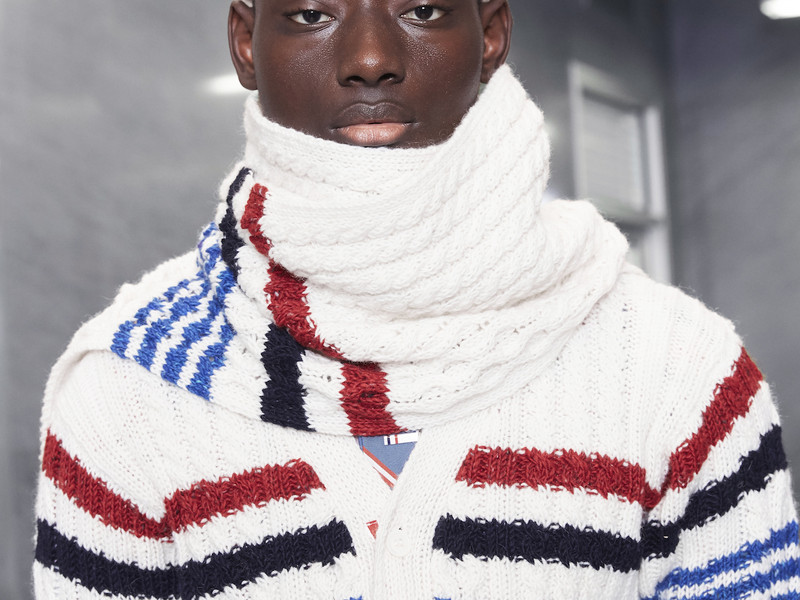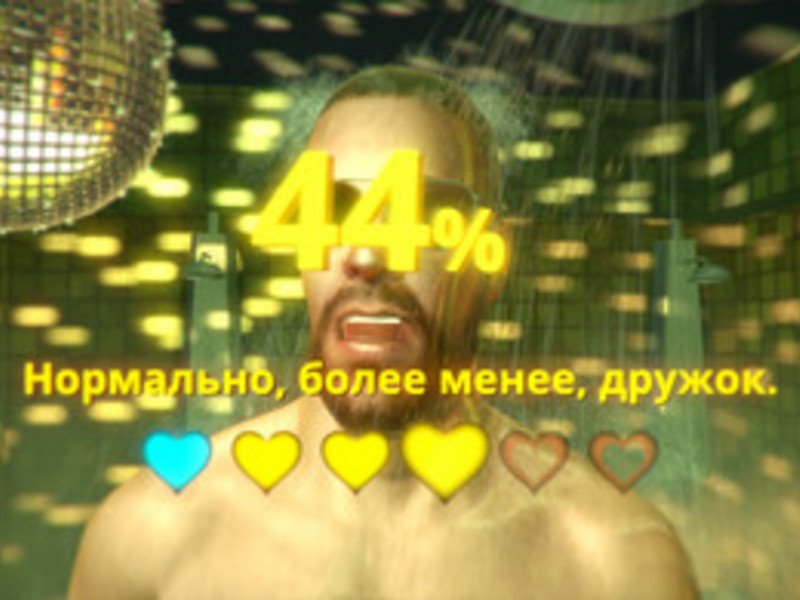IoDF: What Happened to the Metaverse?
Leanne Elliott Young 8.1 and Cattytay 8.1 avatar wearing Apple Vision Pro
Apple, in its infinite wisdom, decided that if we're going to live in a digital x physical unison, we might as well do it in style. Consumers signed up at a record breaking rate, simultaneously screaming and wailing on the day of the release.
Vision Pro isn't just a headset; it's become a fashion statement catapulting social feeds to be full of cyborg chic content. The look is bloody ridiculous as you nipple twist the air, attempting to navigate the functionalities, but it’s caught on, and there is no shame.
For the tech world, it’s a step into the dream of spatial computing. CEO of Spatial Labs, Iddris Sandu, recently whispered sweet nothings about spatial computing, promising a future where digital and physical are within a seamless embrace. "We've hit a computational bottleneck," what seems like a fever dream has now become the future where computers have been procreated into the world around us.
Spatial computing allure of 5th-generation tech promises to launch us into a future where AR isn't just a party trick or a pop up at the side of fashion week, but a way of life. Imagine a world where your digital attire adjusts to your mood, dissolving mood rings all together. Feeling sexy? Your digital threads glimmer and pulse to the same thrust as your slut drops. Cathy Hackl, the metaverse's fairy godmother, assures us that the metaverse's obituary is premature. "The metaverse isn't dead; it's just nursing a hangover from all the hype," she declares. As we rub our bleary eyes, sipping on the digital detox tea, we realize the builders are still aboard the hype train. Right now however, they are laying down the tracks for a future where the metaverse and reality will coexist without stepping on each other's digital toes.
Where does this leave our beloved fashion industry? Caught between a digital rock ( NFT ) and a hard place; fashion is having an existential crisis. Is it possible to pivot from the metaverse's virtual catwalks to a future where digital fashion isn't just a cringe-worthy attempt at relevance? We're watching with bated breath, as the industry attempts to shake off the awkwardness of digital try-ons that resemble a poorly coded twerk rather than a seamless fitting session.
The integration of technology in fashion extends beyond the realms of virtual reality and AR. The recent launch of Apple's Vision Pro underscores the potential for wearable technology to enhance our daily lives, blending the boundaries between the digital and the physical.
Moreover, the democratization of both fashion design and production through digital tools like CLO, Blender and Ai heralds a new era of creative innovation. What before would have cost a full studio team’s workload now resides at your fingertips. In true democratic form, what used to be reserved for the privileged post-graduate few who have the resources to fund a studio and team, now allows those with an informal education to build and launch brands with digital aids.
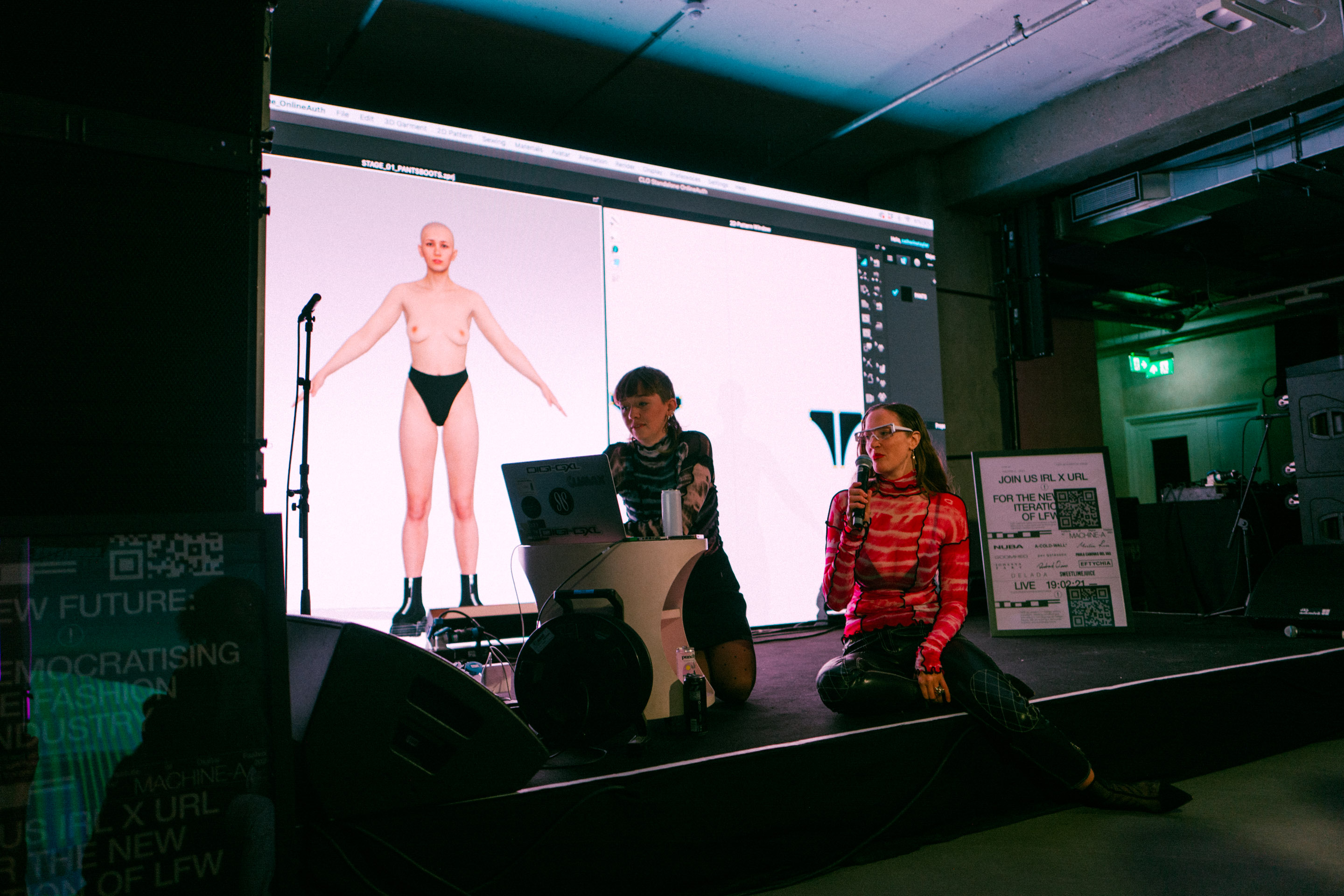
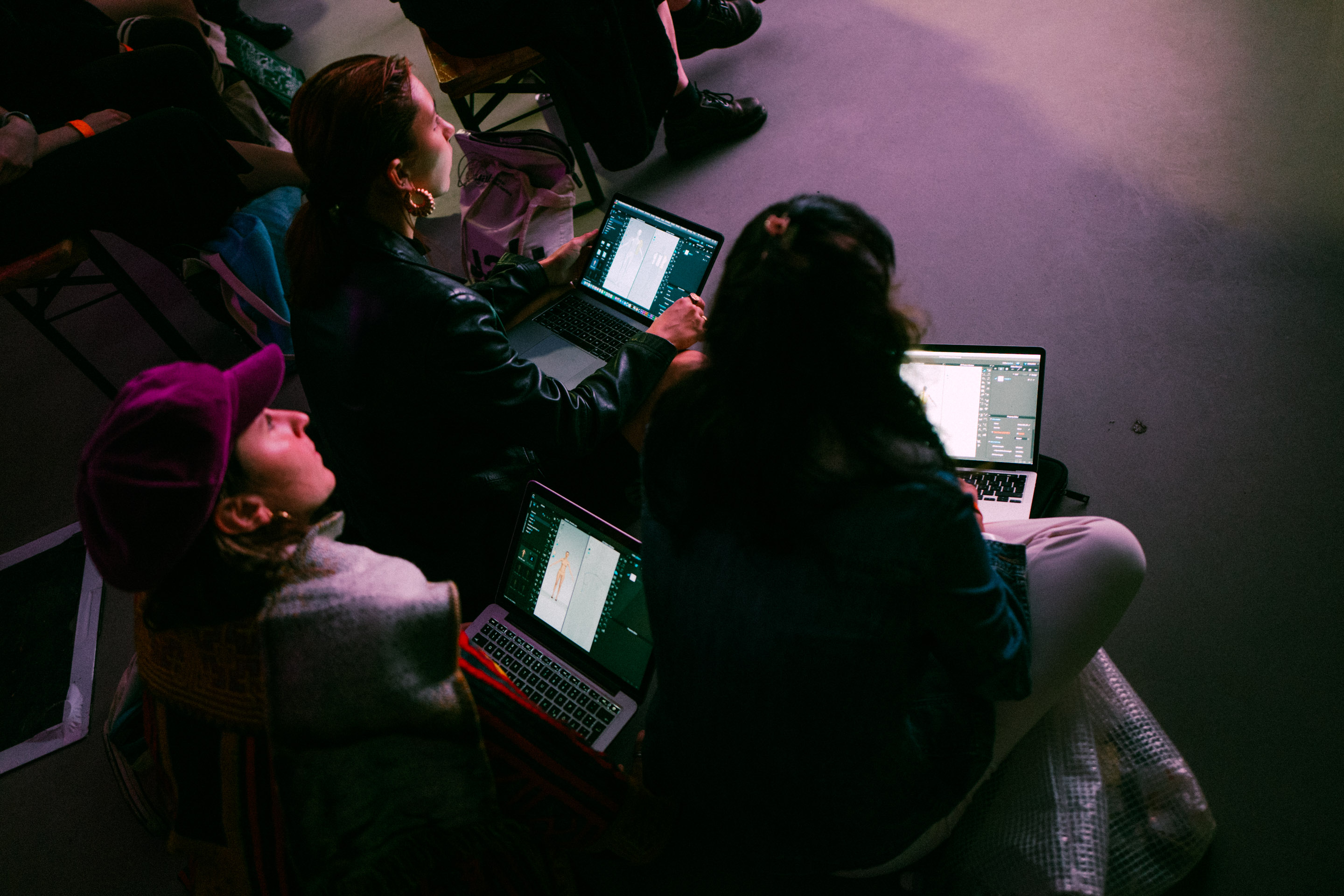
Institute of Digital Fashion [IoDF]; Leanne Elliott Young, Co-founder CEO, Cattytay Co-founder CD, teaching IRL x URL Academy Catty 8.1 avatar within Clo software Asia 3d creation
Kay Kwok's use of these technologies to create "gravity-defying sculptures" at London Fashion Week exemplifies the boundless possibilities that digital tools offer to designers. This shift towards digital creation not only fosters sustainability by reducing overproduction, but also empowers a new generation of designers to bring their visions to life without the constraints of traditional manufacturing processes.
The genius occurs when we have unison between the community, creators and tech, eventually prompting consumers to view technology as a tool, not a trend. I think this needs to be a slogan t-shirt so more creators get on board, and queue a revival from Henry Holland!
A wider glimmer of a use case for building digital x physical from a luxury house, came Shreya Tyagi (Creative Technologist at Christian Dior Couture):
“One of the biggest factors for success has been hiding the tech and making the experience as seamless and intuitive as possible. This is usually complexified at an enterprise level because of the initial fear surrounding the use of emerging tech, coupled with the lack of in-house experts who understand how to translate it in a tangible way that also aligns with the DNA of heritage fashion maisons.”
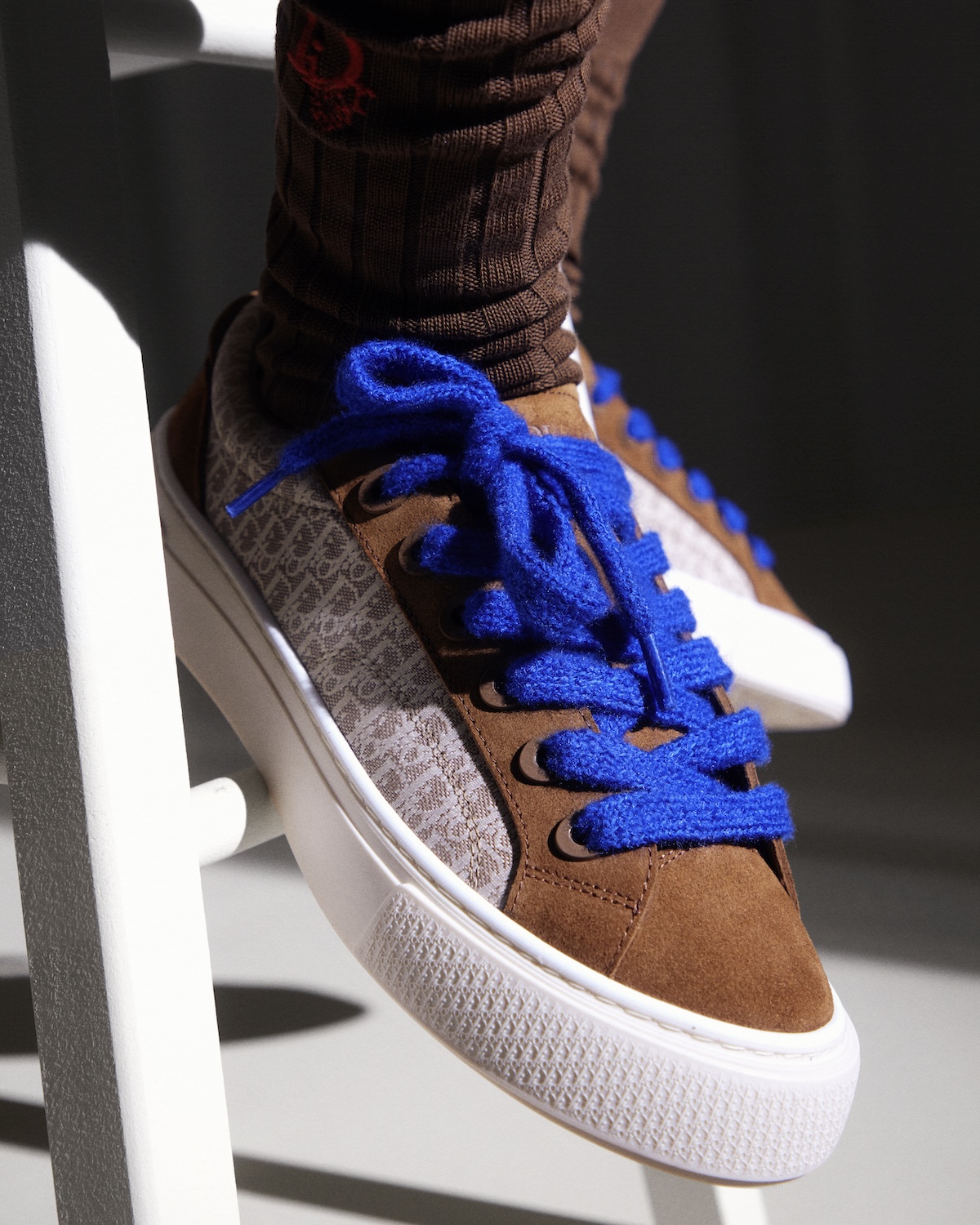
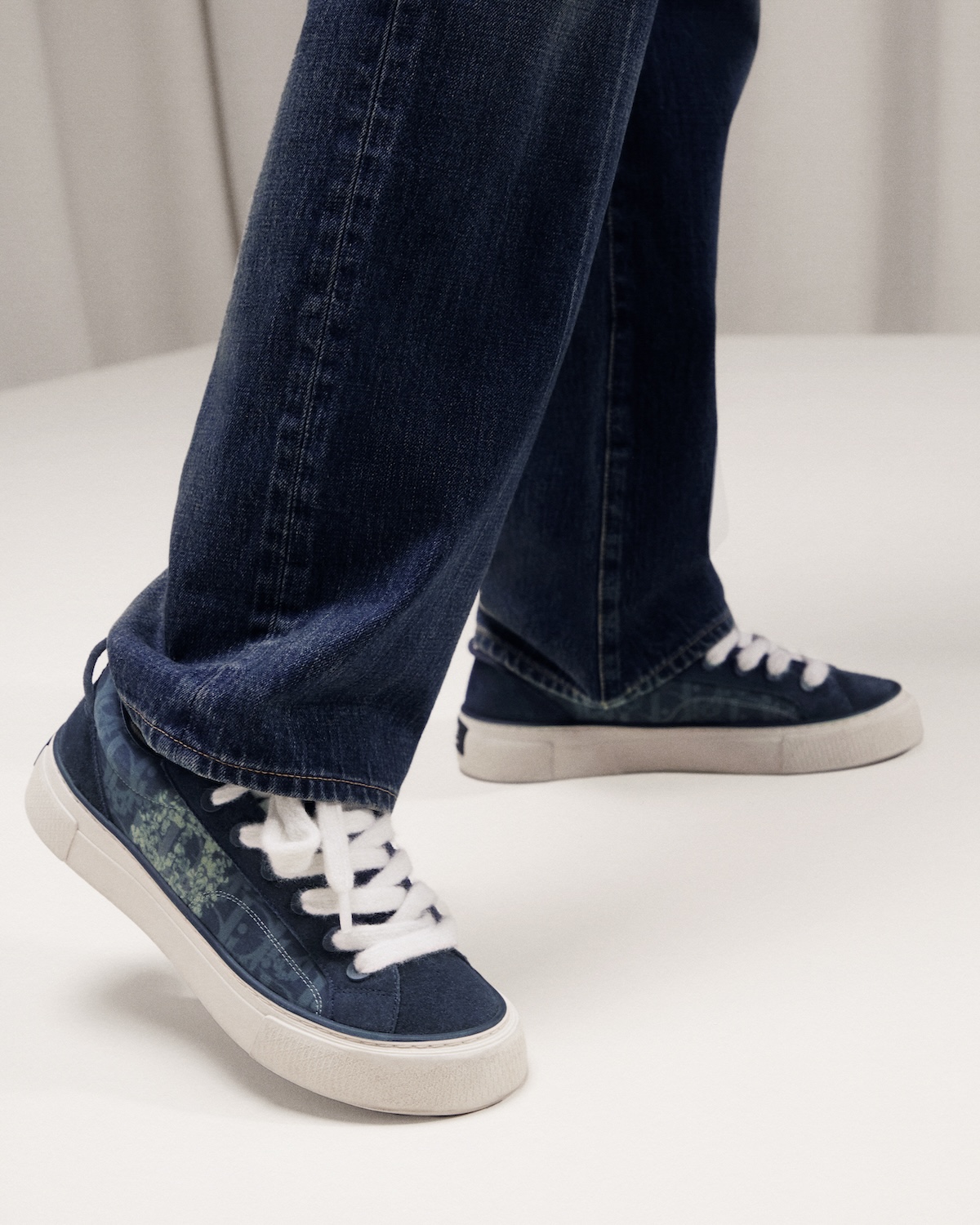
Dior, B33 SNEAKER (LIMITED AND NUMBERED EDITION)
The NFC-chipped, ‘encrypted key’ version of Kim Jones B33 trainers championed the use case of near-field communication chips, NFC chips. Sidenote, I really can't believe Balenciaga missed that, those Lays bags should have had NFC Chips! Seriously though, this screams aloud the opportunity for creative individuals to start playing. More experts are needed, so as a creative or a designer, start using and playing with tech, it's a tool to really start having within your YSL tool belt.
The post-metaverse era presents an opportunity for the fashion industry to recalibrate its teenage perspective on digital innovation. I feel it's the creators that will steal the show, the opportunity is there as they start embracing and expanding the tech toolbox, adding Ai, spatial computing, and using advanced wearable technologies like Apple's Vision Pro and jump into the design / content-creator tools with both feet first.
Fashion can redefine its relationship with technology. This new chapter is not about discarding the metaverse or mourning the hype nose dive, but about building upon its foundation to create a more integrated, sustainable, inclusive and democratized digital fashion future for the real world, one NFC chip at a time.
![<em>Institute of Digital Fashion [IoDF] Catty 8.1 avatar within Clo software</em>](https://officemagazine.net/sites/default/files/screenshot_2024-01-23_at_12.20.59_1.png)
